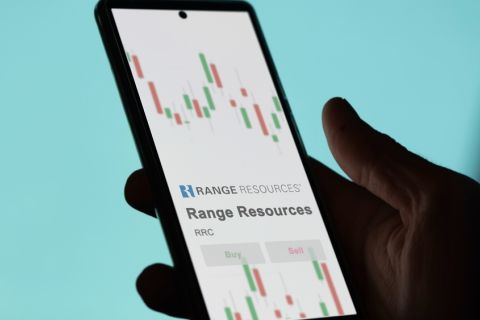Analysts are cutting forecasts for China’s year-end oil demand after COVID-19 cases surged to near record levels, forcing authorities to reinstate mobility curbs and delaying recovery at the world's top crude importer.
Despite recent moves by Beijing to dial back some COVID restrictions, analysts see China’s reopening process as taking one step forward, and two steps back—fuel demand in the world's No. 2 oil consumer is seen unlikely to recover until after March 2023, limiting global oil price gains.
“We cautiously lower our expectations for China demand by 1.2 million barrels per day (bbl/d) in 4Q ’22,” Goldman Sachs analysts said in a note. “Confidence remains high in a 2Q 23 China reopening.”
China announced on Nov. 11 it will relax some COVID curbs after sticking like glue to its “zero-COVID” strategy for two and half years, lifting hopes of a demand recovery. Beijing’s policy has been to take firm action to end all outbreaks, at odds with most Western countries that are learning to live with the virus.
However, with daily cases hitting now near record levels of more than 28,000, the Chinese government has again locked down millions of residents to stamp out the virus.
Global oil futures have fallen nearly $10/bbl since the announcement of fresh curbs.
Sun Jianan, an analyst with consultancy Energy Aspects, also revised down China’s oil demand forecasts, by 200,000 bbl/d for November and December, and 190,000 bbl/d for the fourth quarter to 14.45 million bbl/d.
“Demand will stay low year-on-year in Q1 ’23 before increasing to 15 million bpd in Q2 ’23, when we expect the country to start reopening, lifting most mobility restrictions slowly from April 2023,” Sun said.
Falling Traffic
Air and road traffic data also fell in the past week, indicating weaker demand for transportation fuels—gasoline, diesel and jet fuel.
The road congestion index at half of China’s top 15 cities by populations fell in the past seven days from the prior week, data from internet search engine Baidu showed.
Meanwhile domestic air passenger traffic last week tumbled 36% from the same period of 2021, according to aviation data provider Variflight.
Nomura analysts said on Nov. 22 their in-house index estimated that areas accounting for almost 20% of China’s total gross domestic product were under some form of lockdown or curbs, up from 15.6% on Nov. 14 and not far off the index's peak in April, during an extensive lockdown of Shanghai.
Chinese refiners are increasing fuel exports to ease the inventory pressure, but weak domestic demand is capping China’s appetite for crude imports.
China's “product exports will underpin majors’ runs, but throughput may not surpass 80% for the rest of 2022 due to muted domestic demand growth and extended petrochemical weakness,” said Energy Aspects analyst Sun.
The average run rate at China's state-owned refineries stood at 78% last week, up from around 75% in October, but still well below 83% in the pre-COVID period, according to data compiled by energy consultancy Zhuochuang and Longzhong.
Run rates at independent refiners averaged 63% last week, down from about 75% in 2019.
Recommended Reading
US Raises Crude Production Growth Forecast for 2024
2024-03-12 - U.S. crude oil production will rise by 260,000 bbl/d to 13.19 MMbbl/d this year, the EIA said in its Short-Term Energy Outlook.
To Dawson: EOG, SM Energy, More Aim to Push Midland Heat Map North
2024-02-22 - SM Energy joined Birch Operations, EOG Resources and Callon Petroleum in applying the newest D&C intel to areas north of Midland and Martin counties.
Tethys Oil Releases March Production Results
2024-04-17 - Tethys Oil said the official selling price of its Oman Export Blend oil was $78.75/bbl.
Range Resources Expecting Production Increase in 4Q Production Results
2024-02-08 - Range Resources reports settlement gains from 2020 North Louisiana asset sale.
TotalEnergies Restarts Gas Production at Tyra Hub in Danish North Sea
2024-03-22 - TotalEnergies said the Tyra hub will produce 5.7 MMcm of gas and 22,000 bbl/d of condensate.




